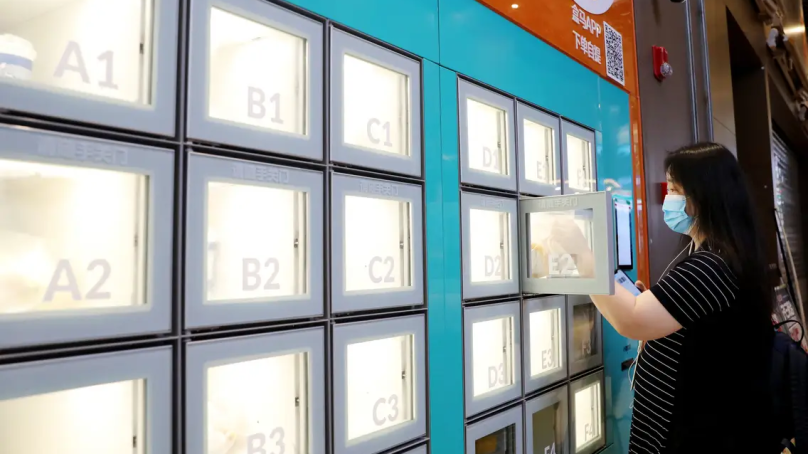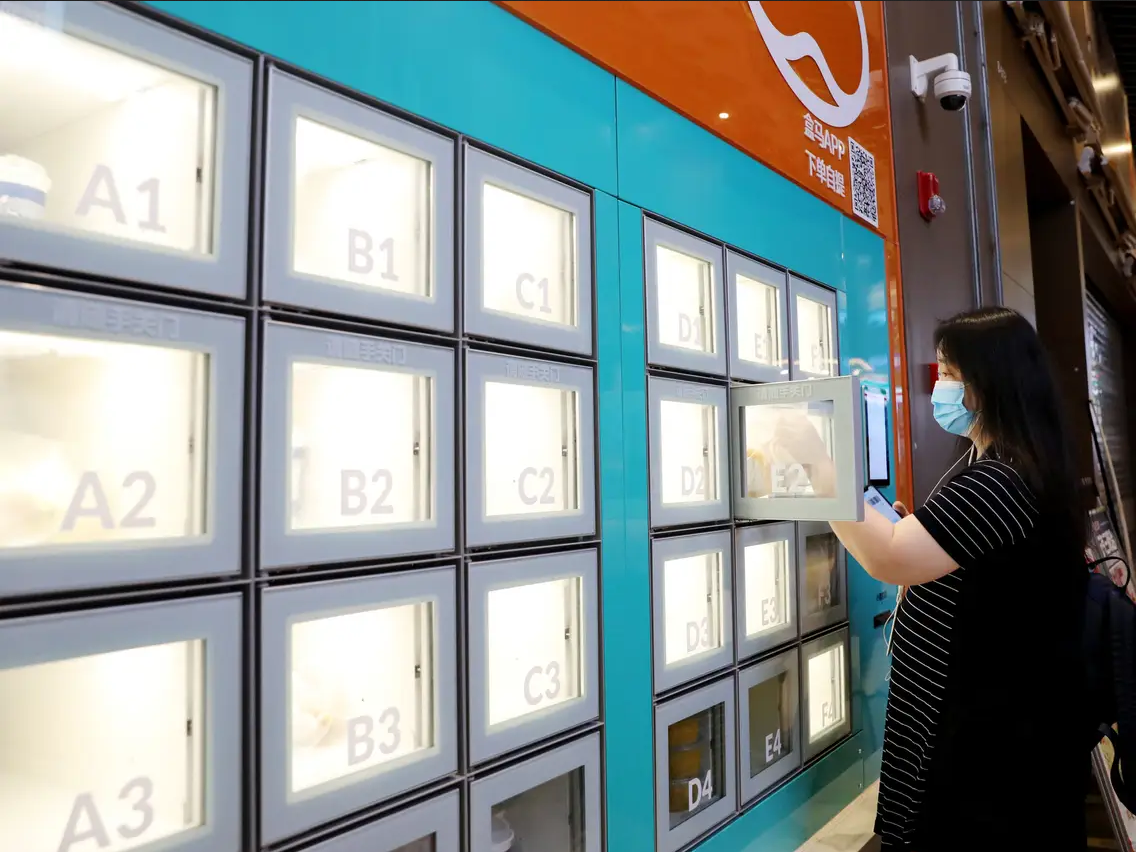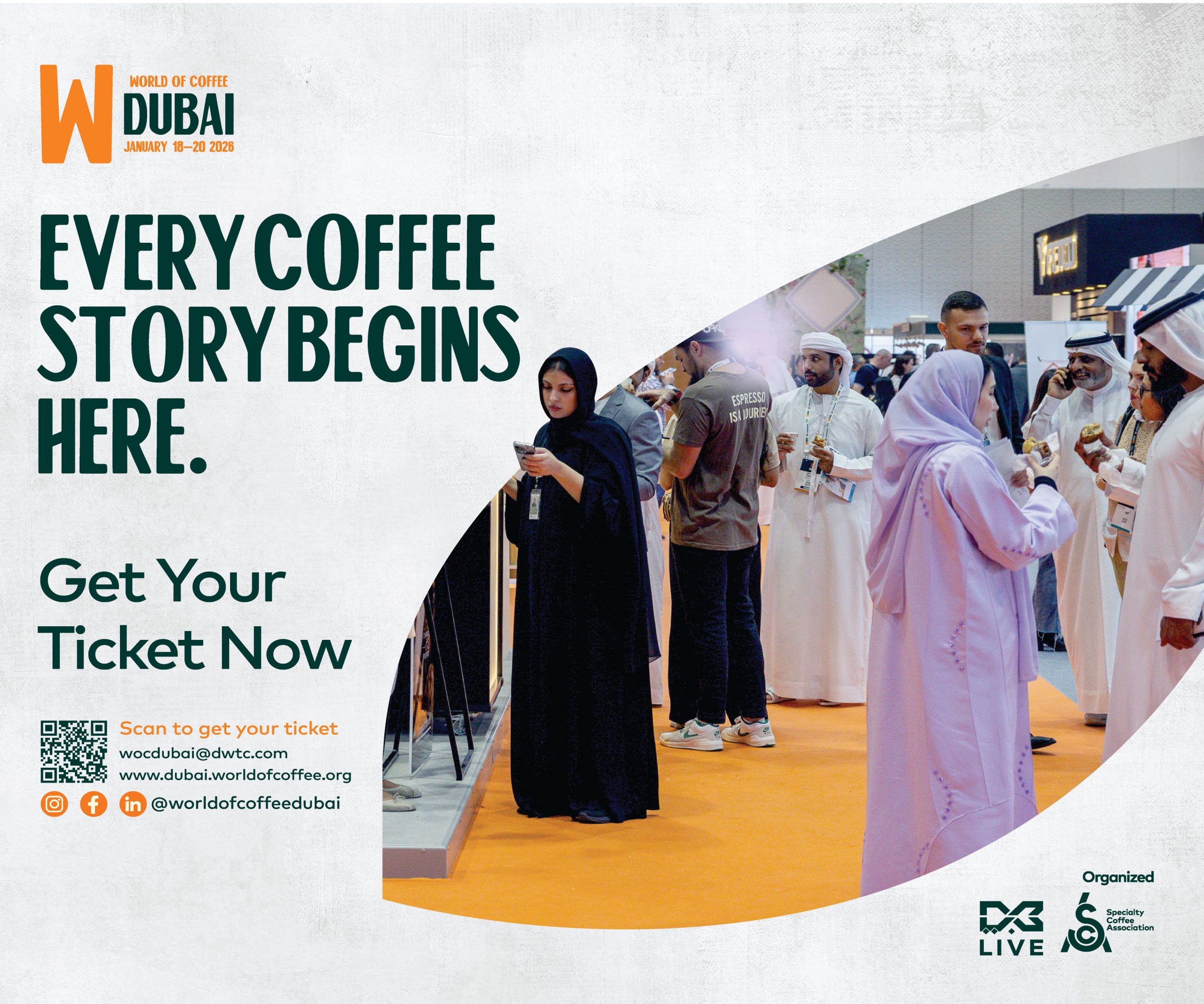

The hospitality industry’s digital revolution has been accelerated by the need for contactless delivery, cost-efficient solutions, fast services and better quality.
Today’s customers are seeking fast and seamless experiences when it comes to online ordering, delivery and takeaway. That is why it is important for businesses to focus on collecting data and making strategic decisions that will help them stand out and please their customers.
When it comes to delivery operations, the main challenges faced are jammed dispatching areas, shortage of employees, shift handovers during peak hours and sending out incorrect orders. Therefore, operations need to be well-managed, organized and equipped with error-free systems.
Smart lockers — ambient, refrigerated or heated —facilitate the throughput and transactions during peak hours. They are practical, cost and time efficient, and sustainable. They even allow data collection, reduce the margin of error when it comes to pick-up orders and enhance labor efficiency, as well as brand growth.
Food lockers are ideal for restaurants. Customers can place their order via an app and pick it up from a heated locker. This allows the restaurant to save time and increase the flow of orders.
The extent to which restaurants and grocery shops are adopting smart lockers varies. Every business has its own requirements; but the most important consideration is data collection. Analytics provided by smart food lockers help managers make better decisions, decrease costs, allocate resources in an optimal way, satisfy customers and ultimately grow the business.

Rayan Fakih,
Founder of Trakc
Add to Favorites













